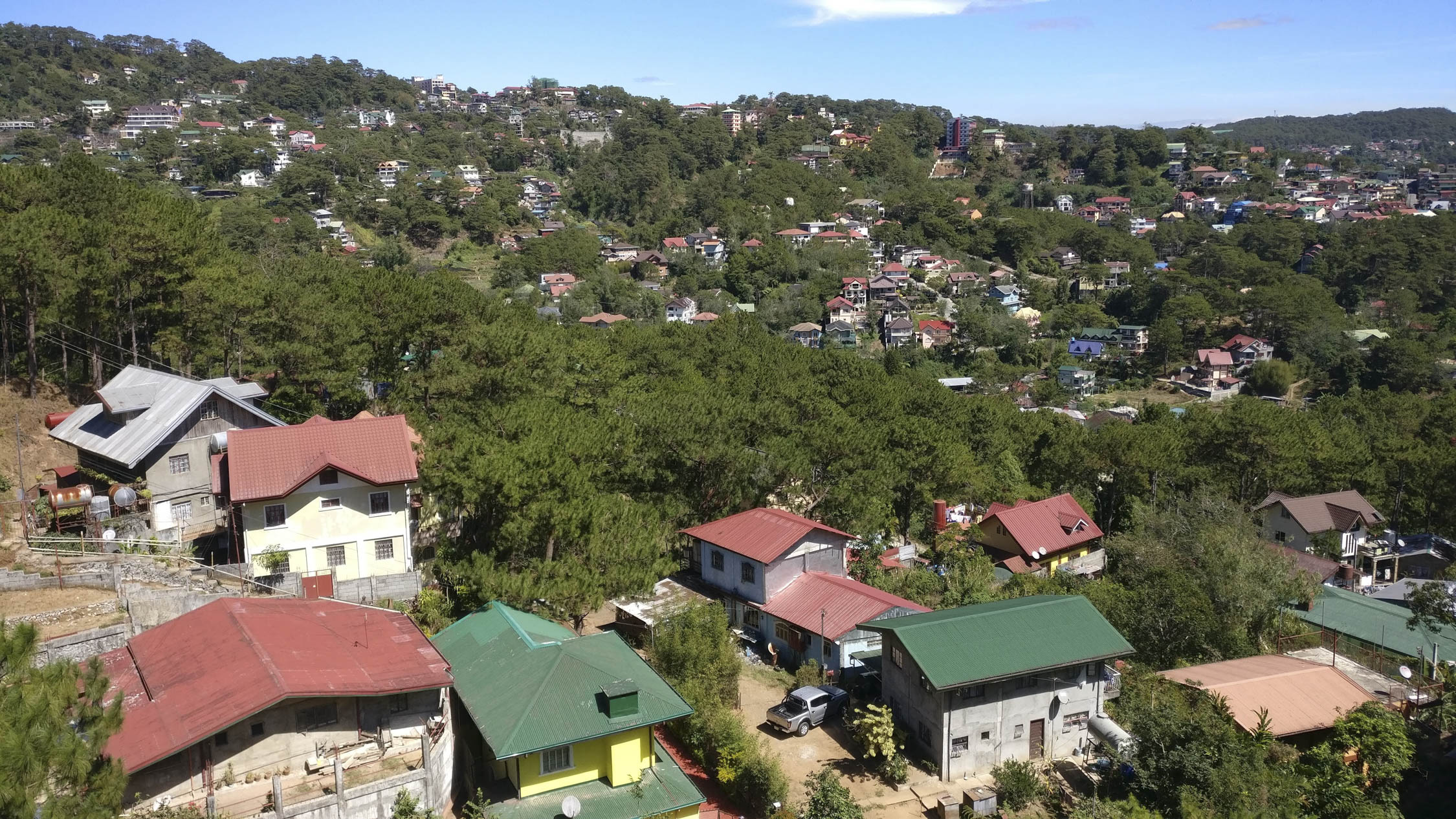Baguio to reclaim trees lost to developers

REFORESTATION The Baguio City government plans to rehabilitate the diminished pine tree cover by 2022. The plan “seeks to reverse the current trend of decreasing urban forest brought about by incessant real estate developments, reverse the stigma of urban decay and increase canopy cover and greenery throughout the city.” —REM ZAMORA
BAGUIO CITY—The city government will begin rehabilitating the diminished pine tree cover here by 2022, allowing it to grow saplings within two years, an official said on Monday.
Rhenan Diwas, acting city environment officer, said part of Baguio’s redevelopment initiative is a plan that requires trees to be planted in dedicated areas near settlements.
Citing an urban forest master plan that was presented during the executive-legislative meeting at the City Hall, Diwas said they planned to “reclaim trees we lost to developers.”
Diwas said the reforestation plan “seeks to reverse the current trend of decreasing urban forest brought about by incessant real estate developments, reverse the stigma of urban decay, and increase canopy cover and greenery throughout the city.”
At present, Baguio has about 2.5 million trees clustered in forest reservations of Camp John Hay and the Philippine Military Academy. Only 400,000 are pine trees.
Tree planting suspended
The city intends to plant 200,000 trees in public lands and 50,000 more in private lands. About 40 percent of these trees will be pine trees.
During a briefing for Tourism Secretary Bernadette Romulo-Puyat and Interior Secretary Eduardo Año on Jan. 10, Mayor Benjamin Magalong said he suspended all tree-planting activities until saplings being grown by four city-sponsored nurseries are mature enough.
Magalong drew flak for that decision but he said many trees planted in previous reforestation activities did not survive, partly because many volunteers left the saplings on their own.
Clusters
He said research confirmed that trees of the same species must be clustered together because plant life tends to protect each other.
Planting will be mapped out, focusing on areas where trees will not be disturbed by human activity and will not pose harm to households, Magalong said.Open areas, including sections of the city which are geologically hazardous for settlement, can host pine, calliandra or agoho trees.
Barangay greenbelts
Roads will host trees to reduce the negative impact of pollution, while parks and barangay greenbelts can host Norfolk pine, lemon-scented cypress, coral trees, pink shower trees and bottlebrush trees.
Planting will take place until 2027, to be followed by another round of planting from 2028 to 2030, targeting “unique planting locations,” Diwas said.
According to an urban carrying capacity report, Baguio’s forest cover, now below 40 percent of its area, has been overtaken by overdevelopment.
It says the population threshold for Baguio forests (or the point when the forest resource becomes insufficient for a given number of residents) was breached after 2012. —VINCENT CABREZA